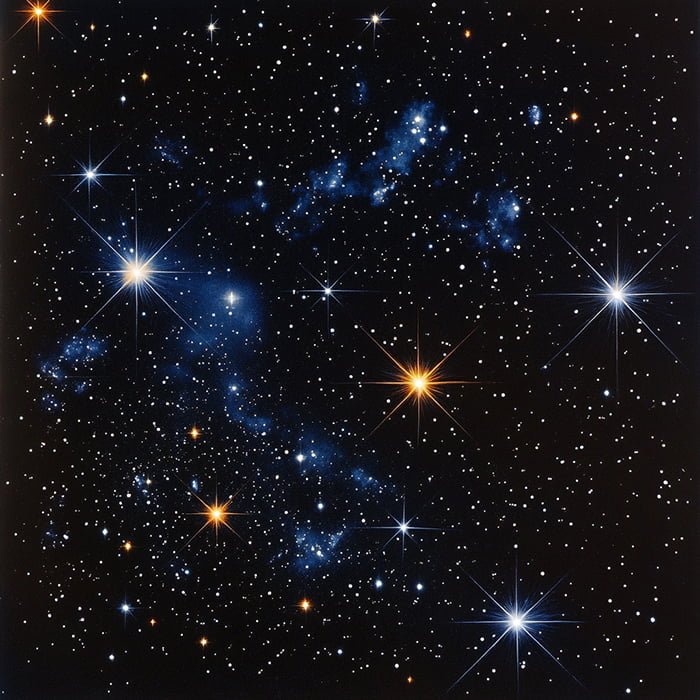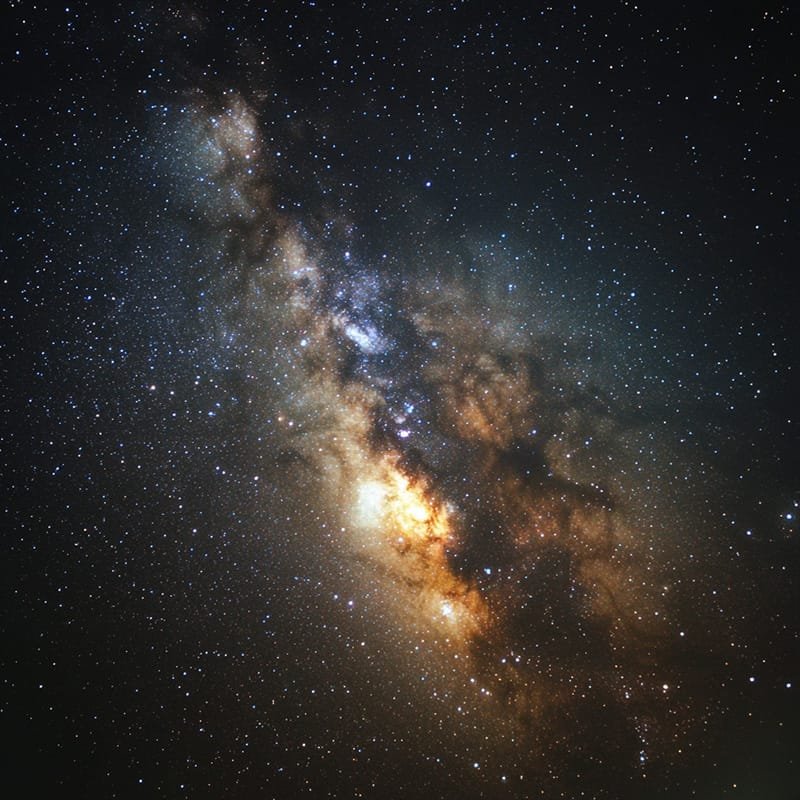Guide to the Seven Main Types of Stars: O, B, A, F, G, K, M. Discover their unique properties and roles in the universe.
Key Takeaways 📝
- Stellar Diversity: The universe is home to a wide variety of stars, from the enormous and hot O-types to the small and cool M-types, each contributing uniquely to the cosmic landscape.
- Rarity of Blue Giants: O-type and B-type stars are extremely rare, comprising only about 0.12% of all stars, yet they significantly impact their surroundings by enriching the interstellar medium.
- Understanding Star Lifecycle: The properties of different star types reveal insights into stellar evolution, highlighting how each type plays a role in the lifecycle of matter in the universe.
- Real-World Applications: Knowledge of star classifications aids astronomers in understanding the formation of galaxies and the potential for life beyond Earth.
- Core Message: Grasping the characteristics and significance of the seven main types of stars enhances our appreciation of the universe’s complexity and beauty, inviting deeper exploration and curiosity.
The night sky is a canvas of countless celestial wonders, each star a shimmering testament to the grandeur and diversity of the universe. From the blazing blue giants to the smoldering red dwarfs, stars come in a dazzling array of types, each with its own unique characteristics and story to tell. In this comprehensive guide, we will delve into the seven main spectral classes that define the stellar spectrum, shedding light on the fascinating properties and quirks of these celestial luminaries.
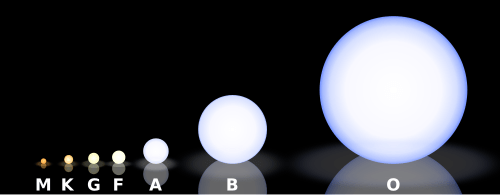
The Spectral Classification System
The modern classification system for stars, known as the Morgan-Keenan (MK) system, categorizes these celestial bodies into seven main types based on their spectral characteristics. This system, developed by the pioneering astronomer Annie Jump Cannon, has become the industry standard in the world of astronomy, providing a framework for understanding the diverse and dynamic nature of stars.
The Seven Main Types of Stars
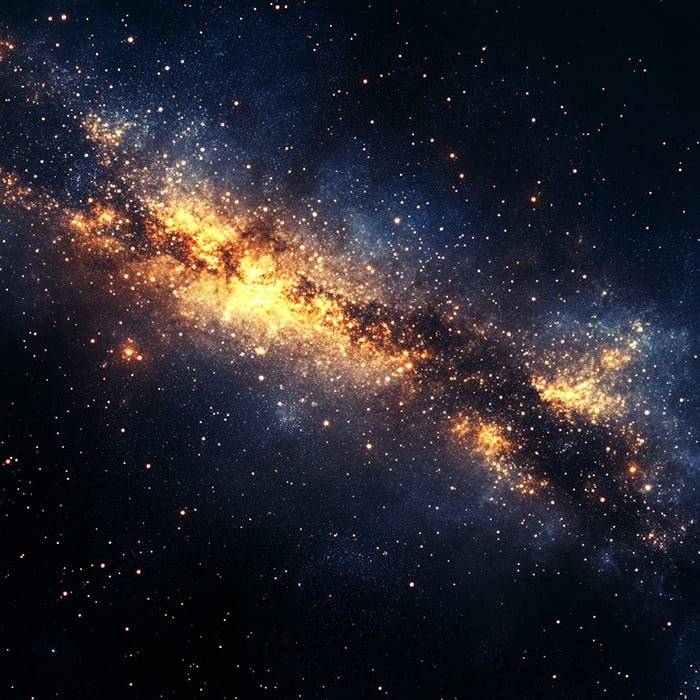
1. O-Type Stars
At the top of the stellar hierarchy, we find the mighty O-type stars – the hottest and most massive of all. With surface temperatures exceeding 30,000 Kelvin, these celestial giants are characterized by their brilliant blue hue, a testament to the intense heat that radiates from their cores. Boasting luminosities that can reach up to 100,000 times that of our Sun, O-type stars are true powerhouses, fueling the most dynamic and energetic regions of the universe.
2. B-Type Stars
Slightly cooler than their O-type counterparts, B-type stars still pack a punch, with surface temperatures ranging from 10,000 to 30,000 Kelvin. These bluish-white stars are also highly luminous, though not quite as much as their hotter siblings. Despite their rarity, making up only 0.12% of all stars, B-type stars play a crucial role in the cosmic ecosystem, enriching the interstellar medium with the heavy elements forged in their nuclear furnaces.
3. A-Type Stars
Stepping down the temperature scale, we encounter the A-type stars, with surface temperatures between 7,500 and 10,000 Kelvin. These white or bluish-white stars are known for their distinctive hydrogen lines in their spectra, a result of the intense ionization of their outer layers. While not as luminous as the O and B types, A-stars are still quite bright, accounting for about 0.61% of all stars in the observable universe.
4. F-Type Stars
Shifting towards the yellower end of the spectrum, we find the F-type stars, with surface temperatures ranging from 6,000 to 7,500 Kelvin. These yellow-white stars are moderately luminous, with a mass about 1.5 times that of our Sun. Comprising around 3% of all stars, F-types are a relatively common sight in the celestial tapestry.
5. G-Type Stars
Familiar to us all, the G-type stars, like our Sun, have surface temperatures between 5,200 and 6,000 Kelvin, giving them their characteristic yellow hue. While less massive and luminous than their F-type counterparts, G-stars are more numerous, making up about 7.6% of all stars in the cosmos.
6. K-Type Stars
Venturing deeper into the orange end of the spectrum, we encounter the K-type stars, with surface temperatures ranging from 3,700 to 5,200 Kelvin. These orange stars are less massive and less luminous than G-types, but they make up a larger portion of the stellar population, accounting for approximately 12% of all stars.
7. M-Type Stars
At the coolest and most common end of the stellar spectrum, we find the M-type stars. With surface temperatures between 2,400 and 3,700 Kelvin, these red dwarfs are the smallest and least luminous of the main sequence stars. Yet, despite their diminutive stature, M-types make up a staggering 76% of all stars in the observable universe, a testament to the remarkable diversity and adaptability of life in the cosmos.
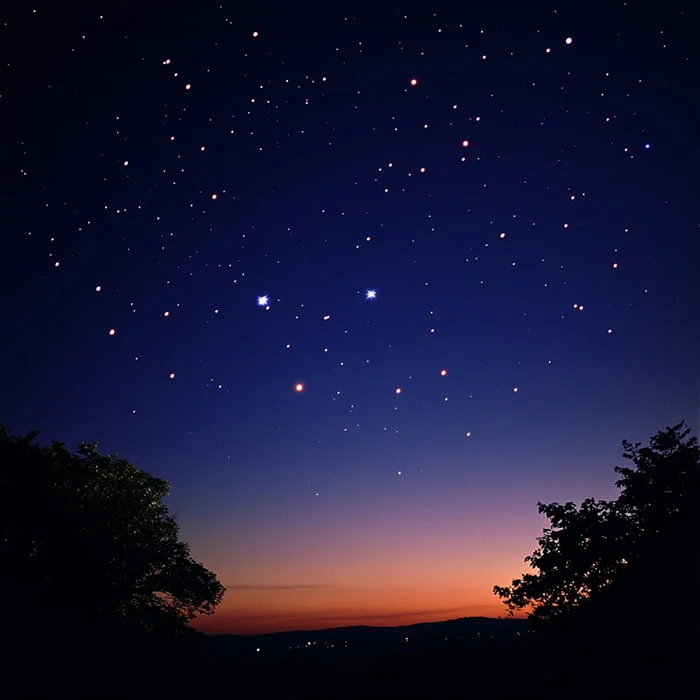
The classification of stars into these seven main types – O, B, A, F, G, K, and M – provides a powerful framework for understanding the vast and complex tapestry of the universe. From the blazing blue giants to the smoldering red dwarfs, each class offers a unique window into the intricate workings of these celestial wonders, revealing the extraordinary range of temperatures, masses, and luminosities that define the stellar spectrum.
By delving into the nuances of these different star types, we gain a deeper appreciation for the incredible diversity and beauty of the cosmos. Whether gazing up at the night sky or exploring the latest astronomical discoveries, this comprehensive guide to the seven main types of stars will undoubtedly enrich your understanding and wonder of the celestial realm.


